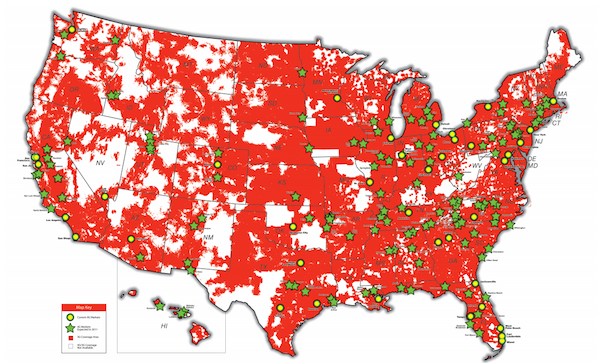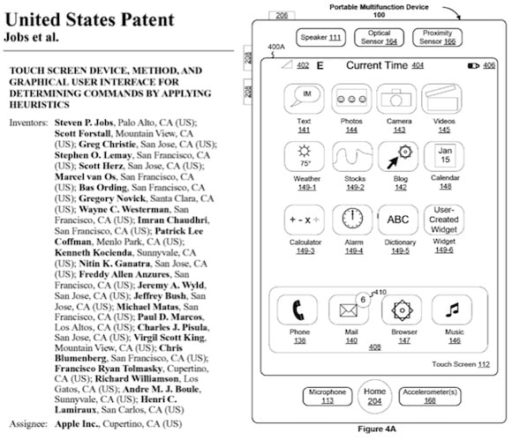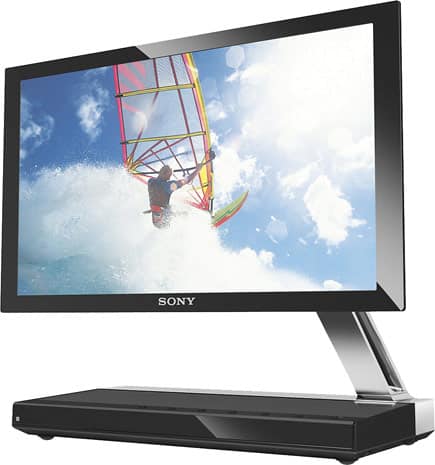Verizon just announced that nine new markets will be enjoying 4G LTE, include Mobile and Montgomery Ala.; Greater Fairfield and New Haven, Conn.; Gainesville, Pensacola and Tallahassee, Fla.; Fayetteville-Lumberton, N.C.; and Bryan-College Station and Temple-Killeen, Texas. Expansion cities include Atlanta, Chicago, Denver, New Orleans and Philadelphia. Verizon is committed to bringing 4G LTE to nearly 150 markets by year’s end and to their entire 3G coverage area by 2013 and if you haven’t been able to connect in the past, dust off that enable-4G button and give it another shot…………

|
Verizon Wireless is turning on the world’s most advanced wireless network in nine additional metropolitan areas, as well as expanding the 4G LTE network in Atlanta, Chicago, Denver, New Orleans and Philadelphia. The wireless leader announced today the 4G LTE network is now available in Mobile and Montgomery Ala.; Greater Fairfield and New Haven, Conn.; Gainesville, Pensacola and Tallahassee, Fla.; Fayetteville-Lumberton, N.C. and Bryan-College Station and Temple-Killeen, Texas. David Small, chief technical officer for Verizon Wireless, noted, “We’re now offering consumers and businesses in 55 metropolitan areas the most advanced 4G wireless network on the planet, while continuing to offer the nation’s most reliable 3G network coast to coast. We plan to bring 4G LTE mobile broadband to our entire 3G coverage area by the end of 2013.” Consumers can choose from several devices to access the blazingly fast speeds of the 4G LTE network, including the newly-launched DROID Charge by Samsung and ThunderBolt by HTC smartphones, MiFi 4510L 4G LTE Mobile Hotspot and Samsung 4G LTE Mobile Hotspot. Laptop users can enjoy speeds up to 10 times faster than the company’s 3G network with three USB modems from Novatel, Pantech and LG. In real-world, fully-loaded network environments, 4G LTE users should experience average data rates of 5 to 12 megabits per second (Mbps) on the downlink and 2 to 5 Mbps on the uplink.
When customers travel outside of a 4G coverage area, the devices automatically connect to Verizon Wireless 3G network, enabling customers to stay connected from coast to coast. Verizon Wireless‘ 3G network is the most reliable network in the country, allowing customers with laptops and smartphones to download and use cool apps, from mobile social networking platforms to GPS-enabled maps. Customers can also can rapidly browse the Web to keep up with news, sports, stock quotes, Hollywood gossip and more, work on-the-go with fast file sharing and stream must-see video and customized radio stations. Customers in 3G coverage areas who purchase 4G devices will be able to take advantage of 4G speeds when the faster network becomes available in their areas. As the first wireless company in the world to broadly deploy game-changing 4G LTE technology, Verizon Wireless is committed to building its 4G network with the same performance and reliability for which it has long been recognized. Verizon Wireless‘ consistent focus on reliability is based on rigid engineering standards and a disciplined deployment approach year after year. The company’s 700 MHz spectrum gives Verizon Wireless specific advantages with 4G, including a contiguous, nationwide network license.
Verizon Wireless‘ vision also includes bringing its 4G LTE network beyond major cities. The company is working with rural communications companies to collaboratively build and operate a 4G network in those areas using the tower and backhaul assets of the rural company and Verizon Wireless’ core 4G LTE equipment and premium 700 MHz spectrum. Already, 10 rural companies have signed on to leverage Verizon Wireless‘ scale for infrastructure while keeping their customers on the cutting edge of technology, including Bluegrass Cellular, Cross Telephone, Pioneer Cellular, Cellcom, Thumb Cellular, Strata Networks, S&R Communications, Carolina West / Clear Stream, Custer Telephone Cooperative and Convergence Technologies. While Verizon Wireless‘ 3G network covers more than 290 million Americans, the company’s 4G LTE network is already available in 55 metropolitan areas, including:
- Mobile Ala.
- Montgomery Ala.
- Phoenix, Ariz.
- Los Angeles, Calif.
- Oakland, Calif.
- San Diego, Calif.
- San Francisco, Calif.
- San Jose, Calif.
- Denver, Colo.
- Greater Fairfield and New Haven, Conn.
- Washington, D.C.
- Ft. Lauderdale, Fla.
- Gainesville, Fla.
- Jacksonville, Fla.
- Miami, Fla.
- Orlando, Fla.
- Pensacola, Fla.
- Tallahassee, Fla.
- Tampa, Fla.
- West Palm Beach, Fla.
- Athens, Ga.
- Atlanta, Ga.
- Chicago, Ill.
- West Lafayette, Ind.
- New Orleans, La.
- Baltimore, Md.
- Boston, Mass.
- Detroit, Mich.
- Minneapolis/St. Paul, Minn.
- St. Louis, Mo.
- Las Vegas, Nev.
- New York, N.Y.
- Rochester, N.Y.
- Charlotte, N.C.
- Fayetteville-Lumberton, N.C.
- Wilmington, N.C.
- Akron, Ohio
- Cincinnati, Ohio
- Cleveland, Ohio
- Columbus, Ohio
- Oklahoma City, Okla.
- Allentown/Bethlehem/Easton, Pa.
- Philadelphia, Pa.
- Pittsburgh, Pa.
- Columbia, S.C.
- Hilton Head, S.C.
- Clarksville, Tenn./Hopkinsville, Ky.
- Cleveland, Tenn.
- Nashville, Tenn.
- Bryan-College Station, Texas
- Dallas-Ft. Worth, Texas
- Houston, Texas
- San Antonio, Texas
- Temple-Killeen, Texas
- Seattle, Wash.


